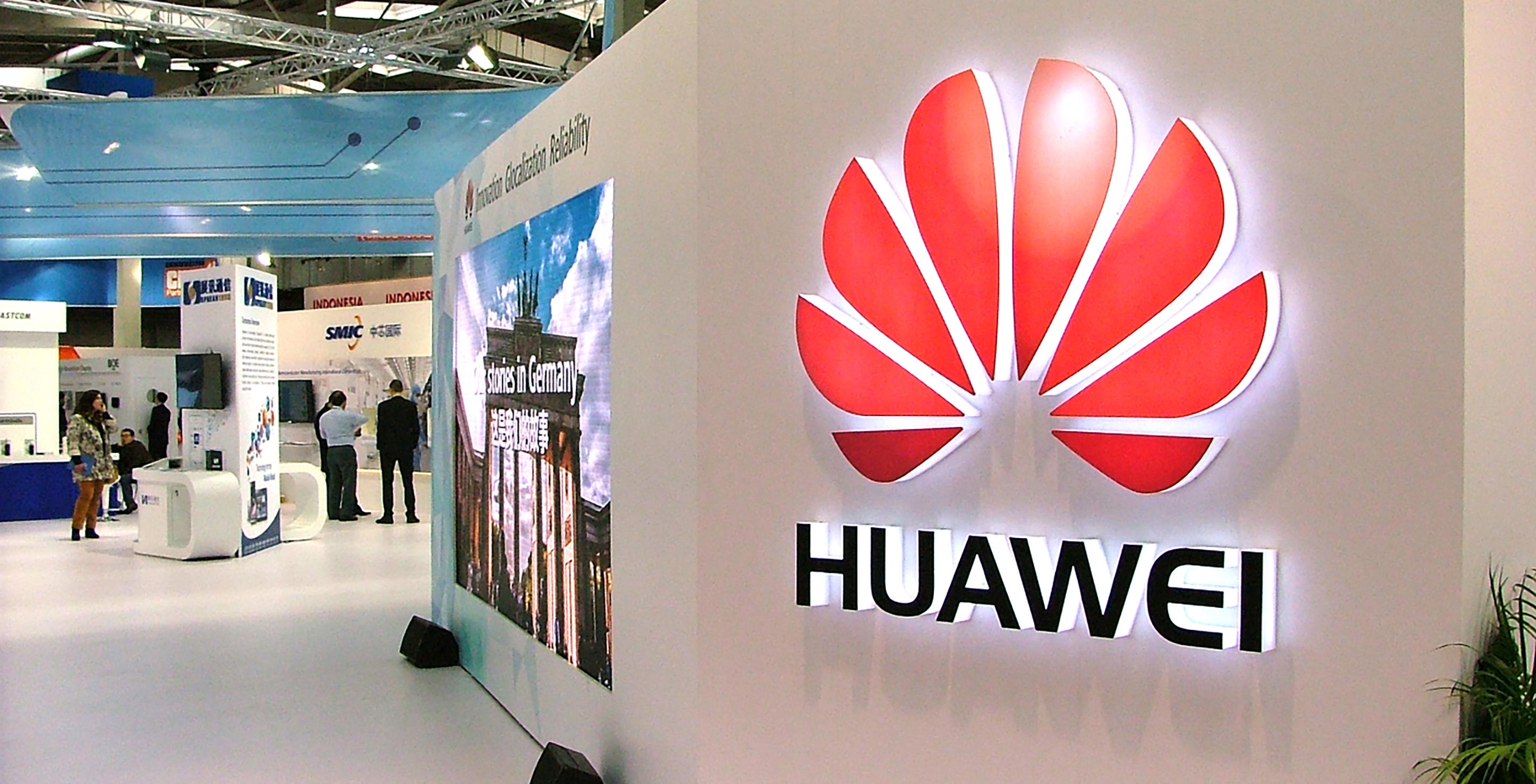
Huawei has partnered with Toronto-based industrial IoT company BeWhere to make a mobile IoT sensor for smart city technologies.
The development of smart city technologies, which securely automate city functions and manage assets, hinges on the use of Low Power Wide Area (LWPA) networks and applications.
As the name would suggest, LPWA applications are power-efficient and feature a long range. The term LPWA covers cellular standards like NB-IoT and LTE-M.
Huawei selected BeWhere’s sensor prototype, built on its 3GPP-based NB-IoT Boudica 120 chipset, to showcase to the global industry at its booth at the Mobile World Congress (MWC) in Shanghai.
The development of a Mobile-IoT sensor follows BeWhere’s low power Bluetooth-based sensor, which it currently sells to partners in construction, utilities, connected logistics and government for purposes like inventory management and tracking.
BeWhere recently worked with Bell to test the telecom company’s LTE-M capabilities, ahead of the carrier’s planned 2018 launch of a new machine-focused network.
IoT is one of the emerging applications pushing the need for 5G speeds, latency and reliability, putting this project in-line with Huawei’s focus on 5G research and technology development.
MobileSyrup may earn a commission from purchases made via our links, which helps fund the journalism we provide free on our website. These links do not influence our editorial content. Support us here.


